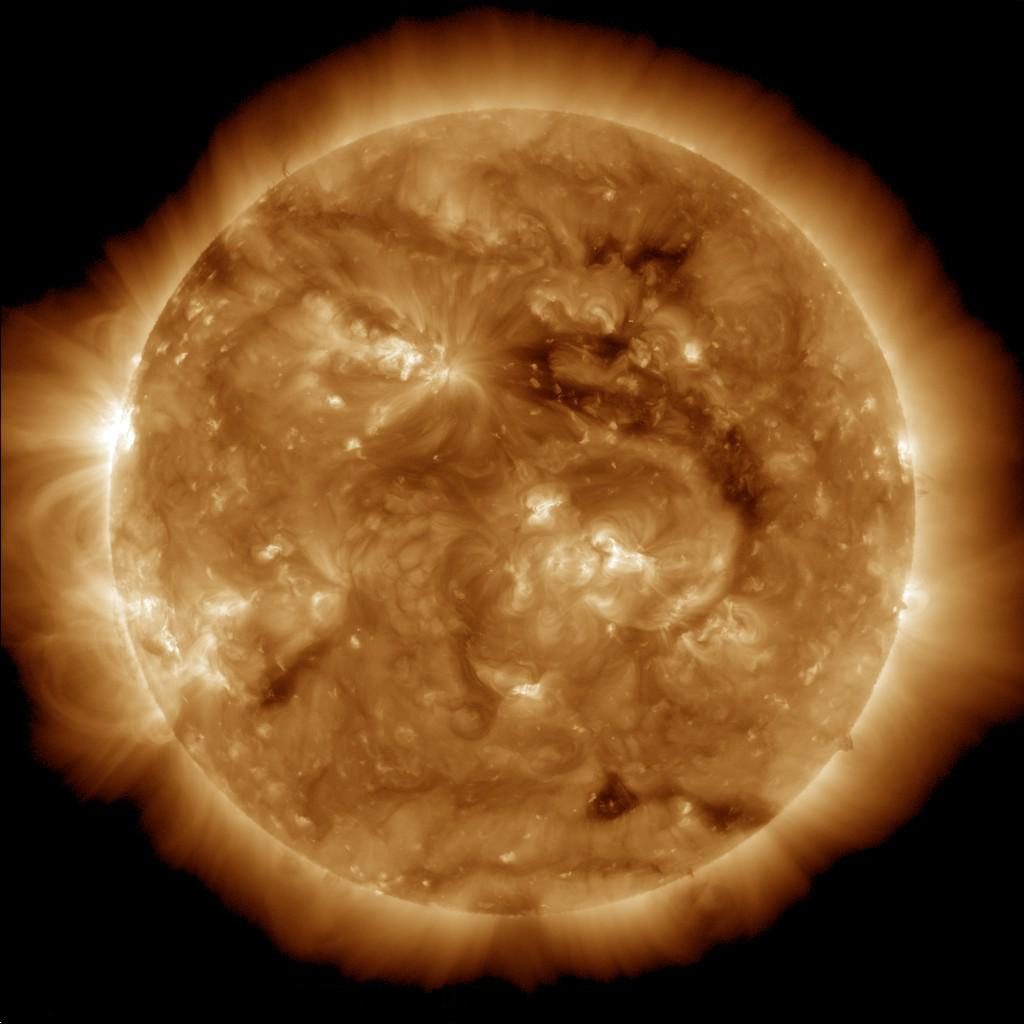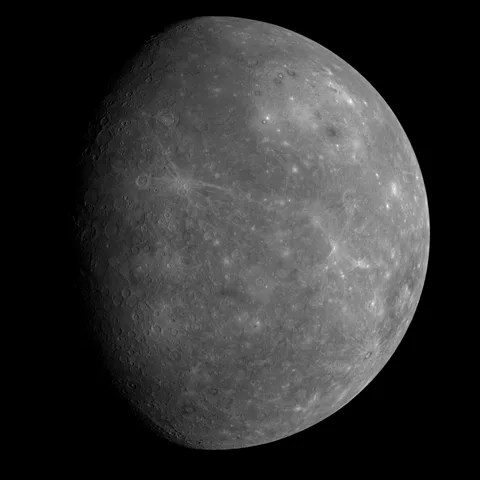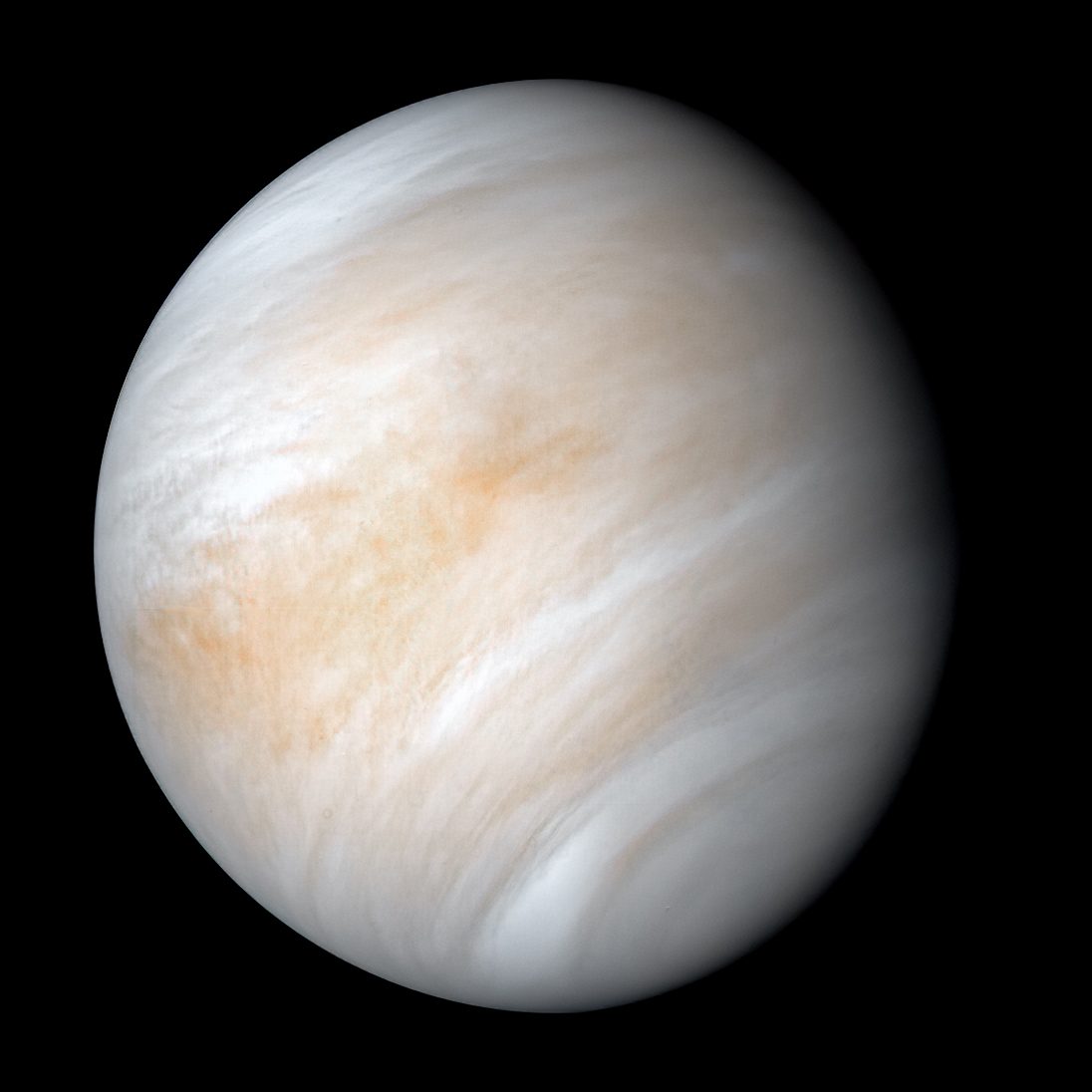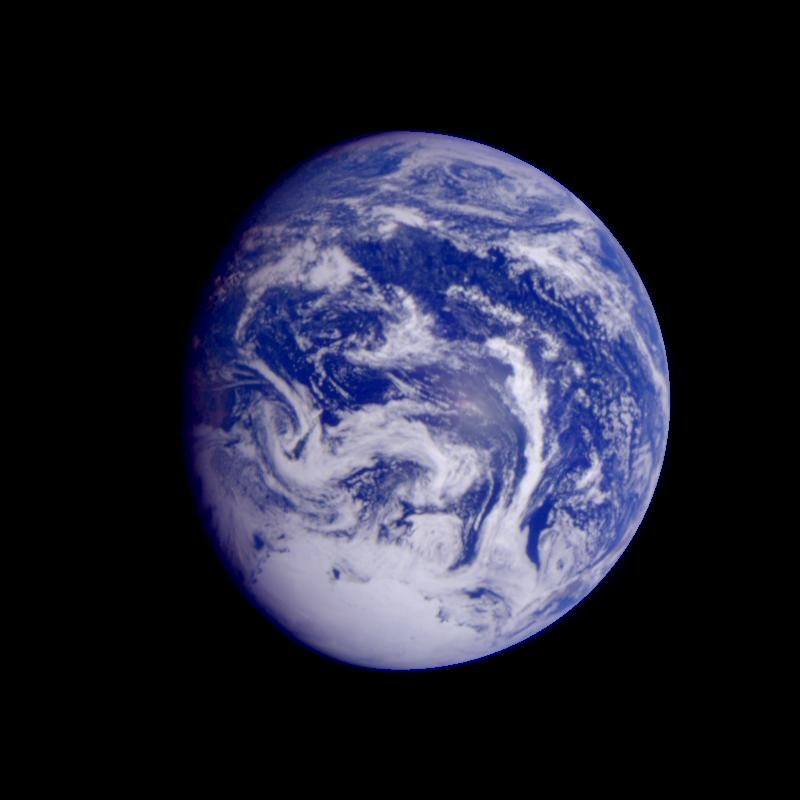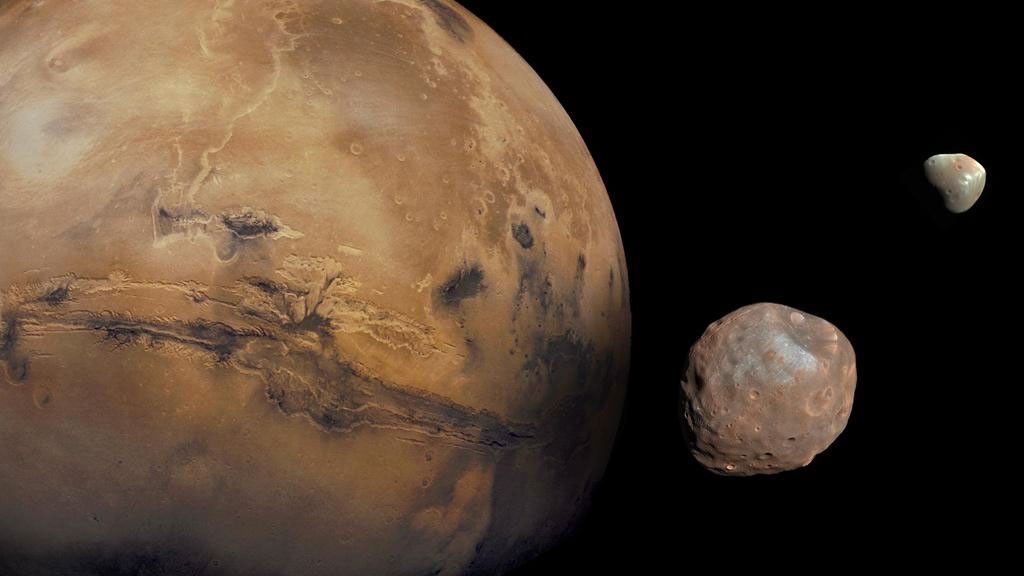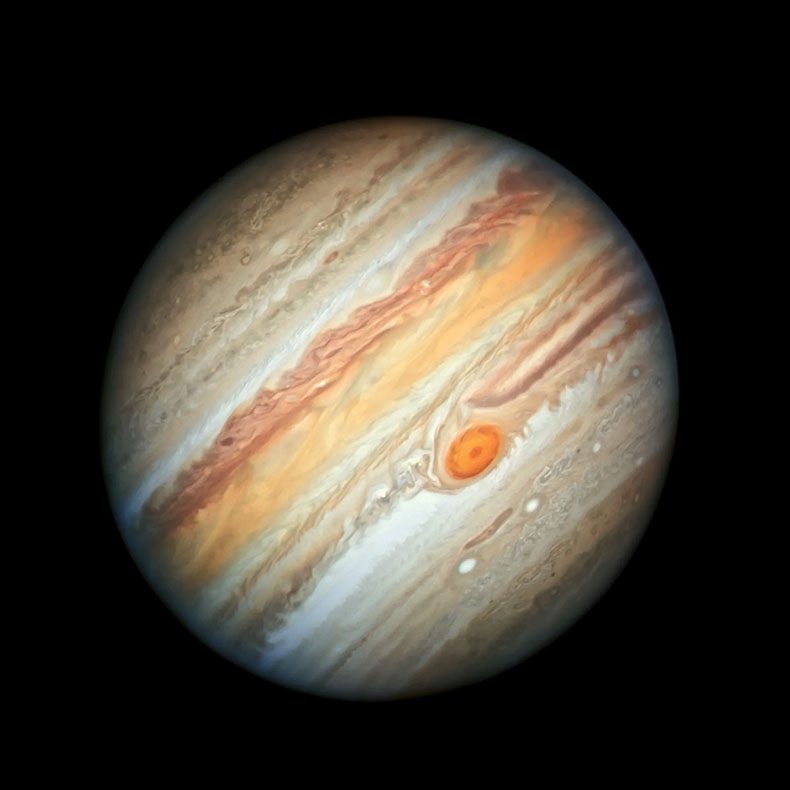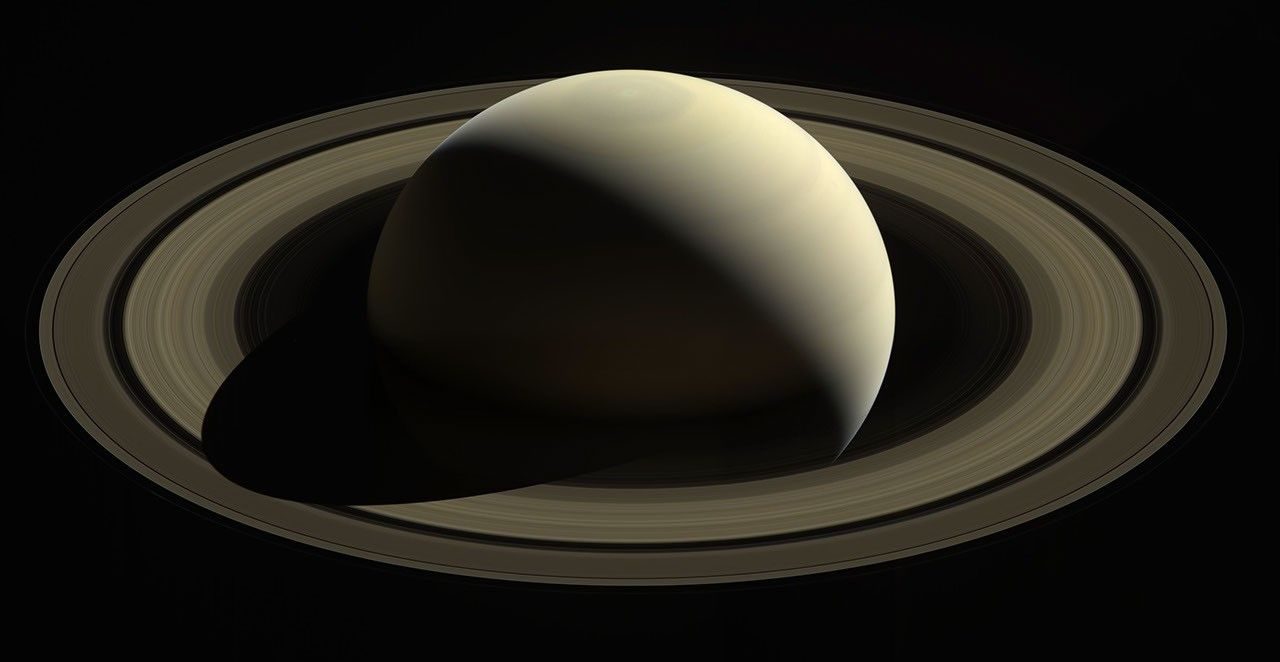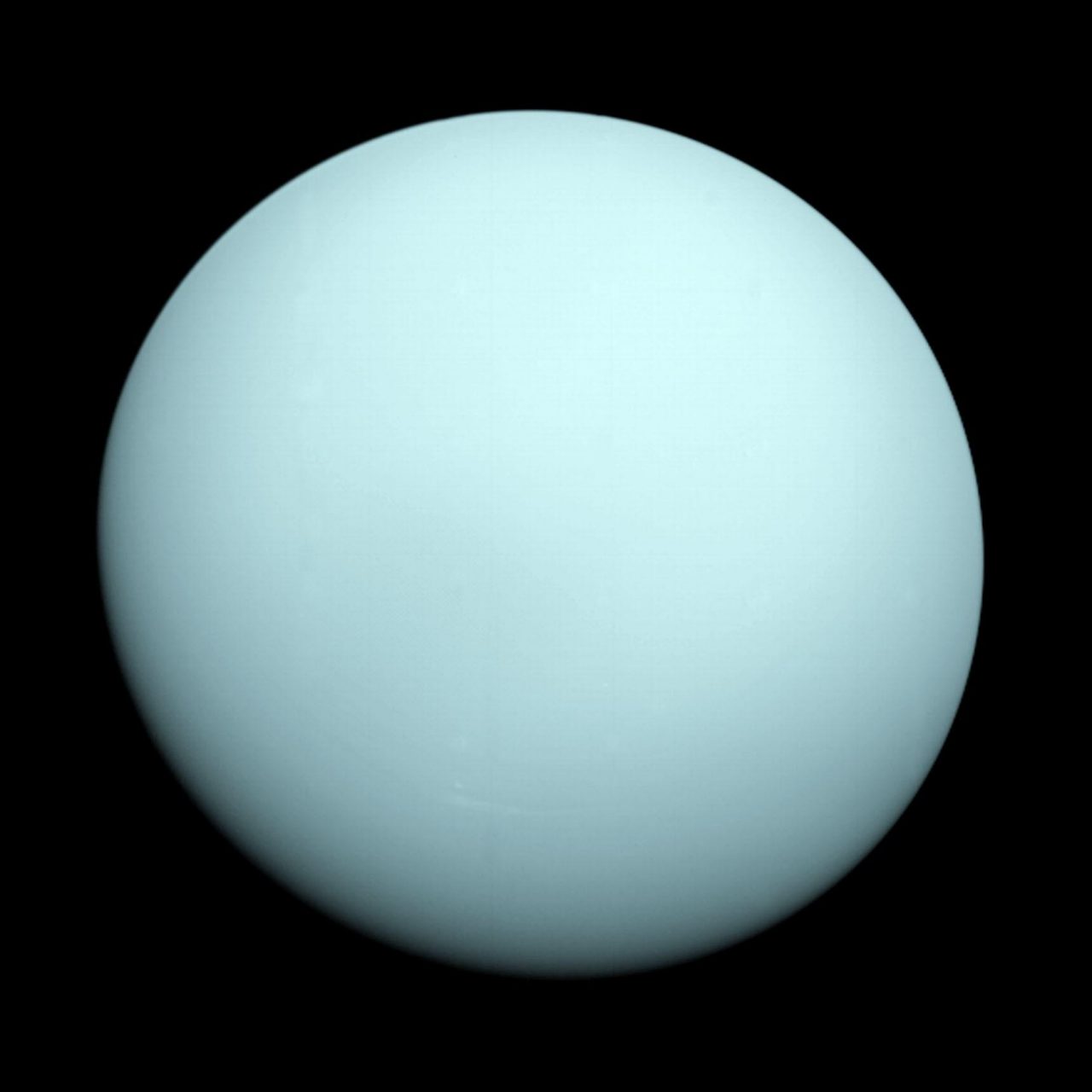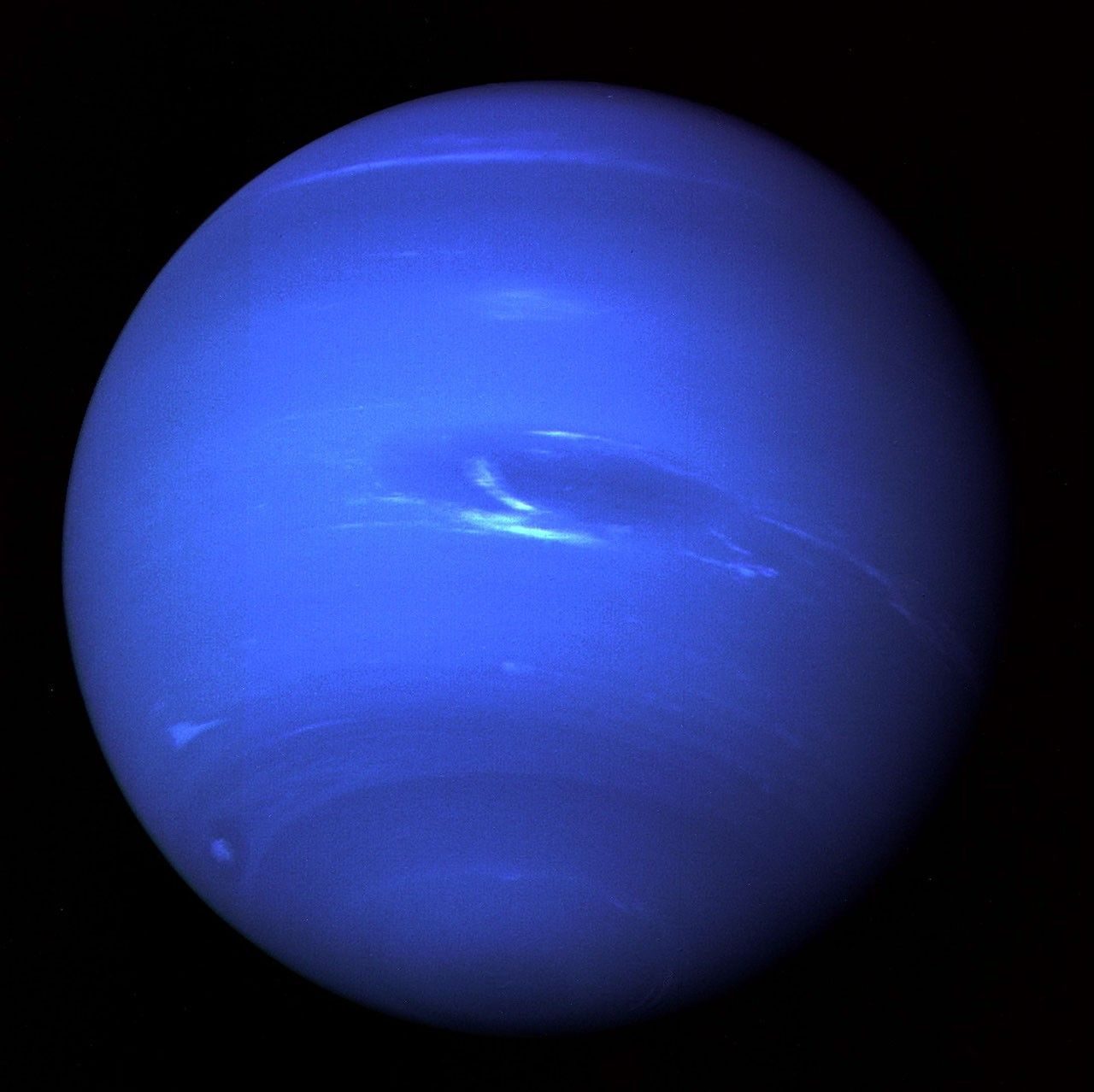☀️ The Sun
- Type: G-type main-sequence star (G2V)
- Surface: Composed of hot plasma; visible surface is the photosphere
- Atmosphere: Includes the chromosphere and corona, extending millions of kilometers into space
- Temperature:
- Core: ~15 million °C
- Surface (photosphere): ~5,500°C
- Corona: up to 1–3 million °C
- Moons: None (but it gravitationally anchors all planets, asteroids, and comets)
- Rings: None
- Special Features:
- Solar flares and coronal mass ejections affect space weather
- Sunspots are cooler, darker regions caused by magnetic activity
- Provides light and heat essential for life on Earth
- Size: Diameter ~1.39 million km (about 109 times Earth's diameter)
- Mass: ~99.86% of the total mass of the solar system


